FOR A FULDIEW
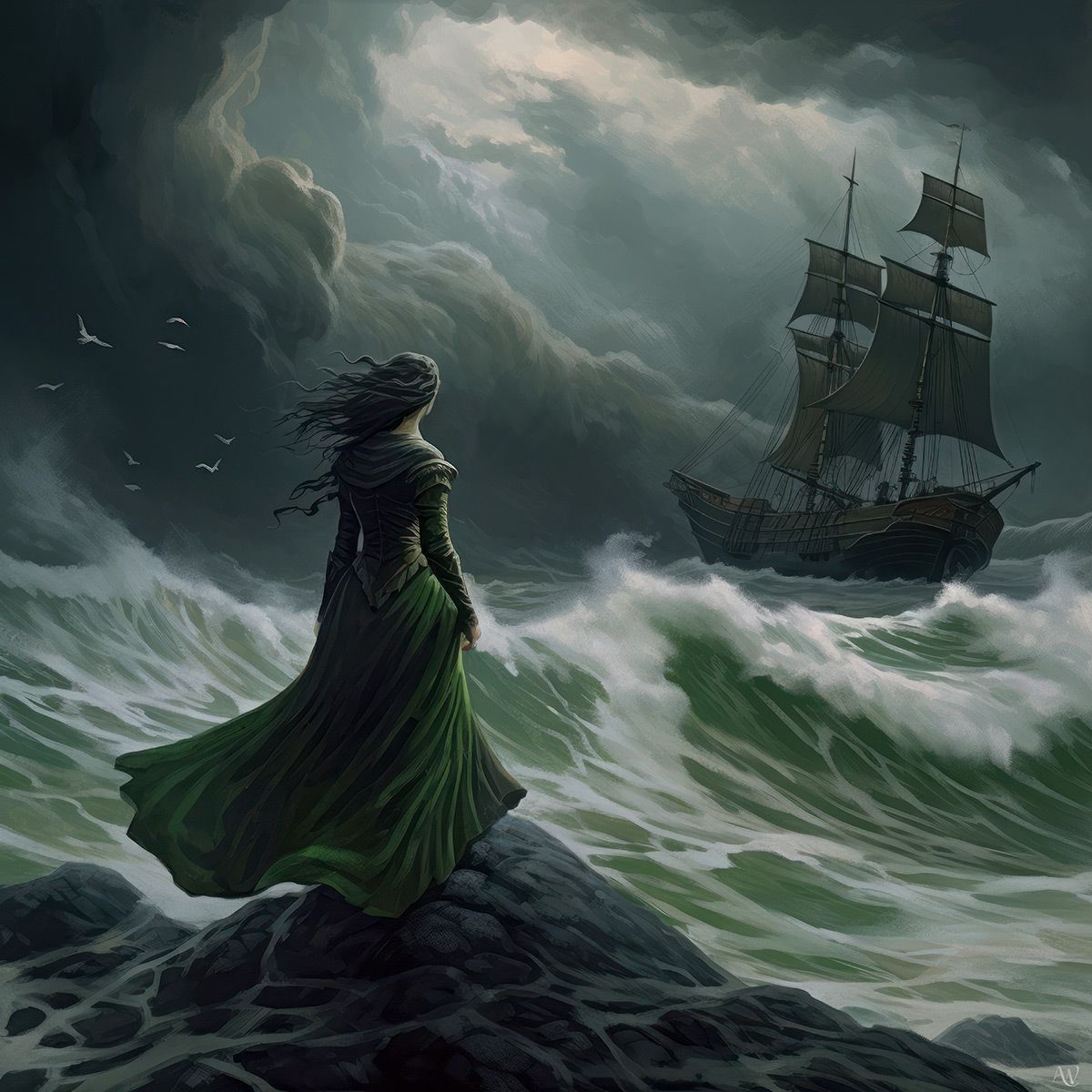
A common practice around the shores of Ireland during the 17th and 18th century was for young men to seek employment as deck hands on trading ships that plied between the small coastal ports and major cities throughout the British Isles, Europe and America. A term that is locally linked to this way of working is ‘Fuldiew’, we say it is how it translates to the English, ‘Full Due’. It is a maritime term which relates to a ship, its crew and payment, the full due or full payment to a sailor when the term of agreement is over, or the voyage ends.
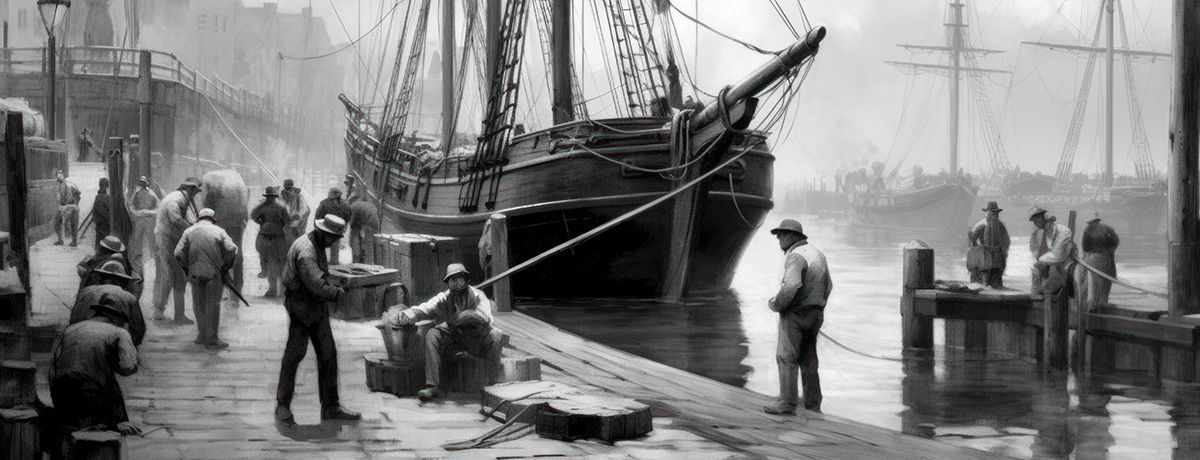
It can also apply when a ship is taken out of commission for example reposessed, or is shipwrecked. Locally in Ireland we hear and read the word as 'Fuldiew', from this we get the term ‘For a Fuldiew ‘ which applies to someone who has gone on one of these voyages to earn a wage, he is working for the Full Due.
In a small graveyard at Craigagh in Glendun, close to Cushendun we have perhaps one of very few physical references in a graveyard to this. The gravestone is known locally as the Fuldiew Stone or Fuldiew Tombstone. It is a long flat piece of slate lying flush on the ground as a grave marker and has the following inscription written on it. “Charles McAlasters burring place – Here lies the boddy of John his son died 11 March 1803 aged 18 years – Your love is mored head and starn for a Fuldiew” at the bottom there is a drawing scratched into the slate of a sailing ship and an animal which resembles a deer or goat.
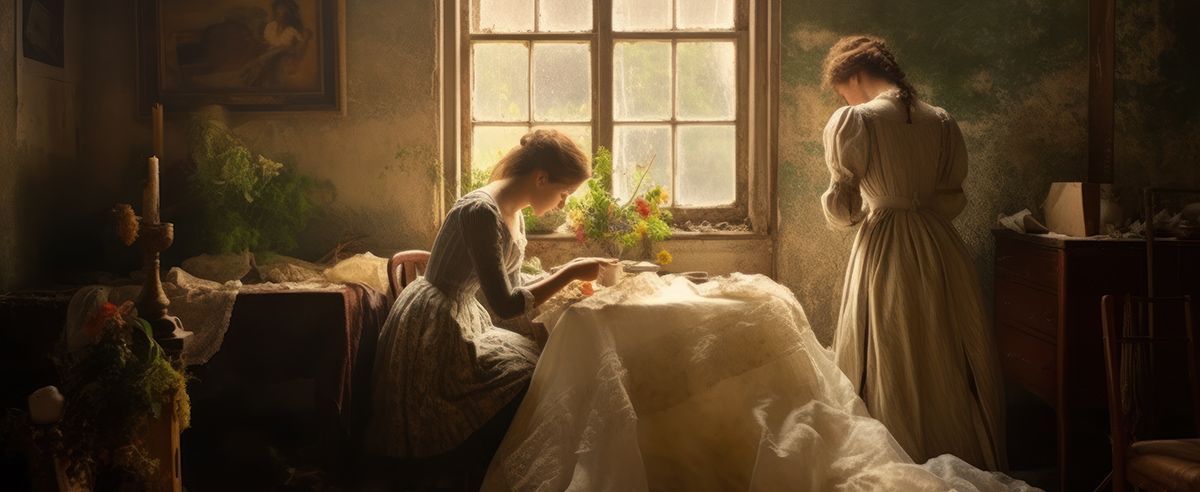
This story here is about John McAlaster and his childhood sweetheart, they were planning to be married after John returned from a voyage as a deck hand. We don’t have a name for the girl so to give her a personal presence I will call her Anne. After seeing John off at the quay in Cushendun, Anne travelled to her cousin’s house in Glenravel some 16 km away, her cousin was a seamstress and together they busied themselves making her wedding dress. The couple had dreams to rent a small house and reared goats and grow their own food and John would do some fishing once he had bought a boat.
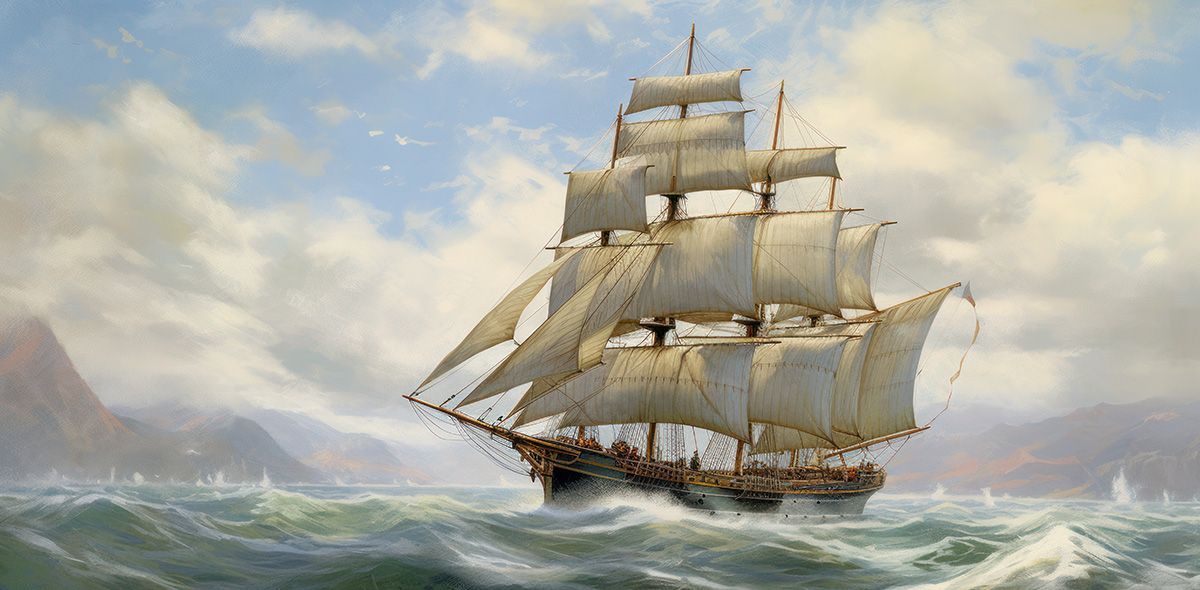
A day into his voyage John slipped and fell from the rigging, he died almost instantly from his injuries. The ship turned and brought his body back to Cushendun where his father received it. The next day he was buried in the graveyard at Craigagh.This all happened without Anne being aware of it.
When she arrived back at her parents home in Cushendun with her finished wedding dress, she heard the dreadful news of John’s passing, as you can imagine, it devasted her. She left her parents house and went to the graveside in the afternoon where she mourned for John from then and all through the night, while doing so she is said to have scratched the inscription and two small drawings into the slate. One drawing was of a ship and the other an animal, symbolic of their dream, along with the poignant line ‘Your love is mored head and starn for a Fuldiew”.
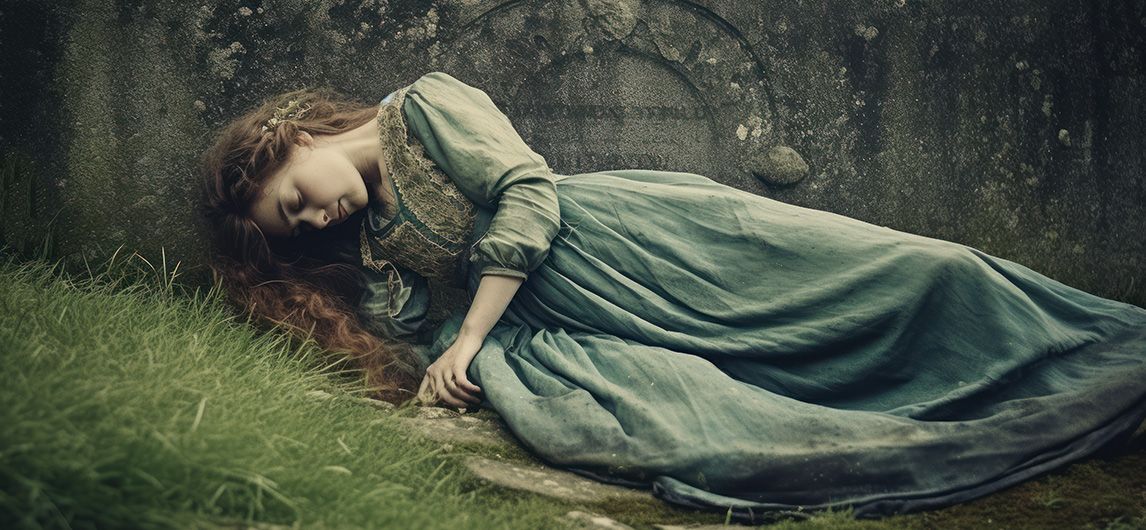
Now, here is where we have two accounts of the ending to this story, one is that the next morning her parents while searching for her, found Anne lying on John’s grave having died from a broken heart. The other ending is that her body was found by local fishermen washed ashore on rocks near the quay where John had left from.
Whatever the stories ending is, the grave, inscription and drawings are there for all to see.

